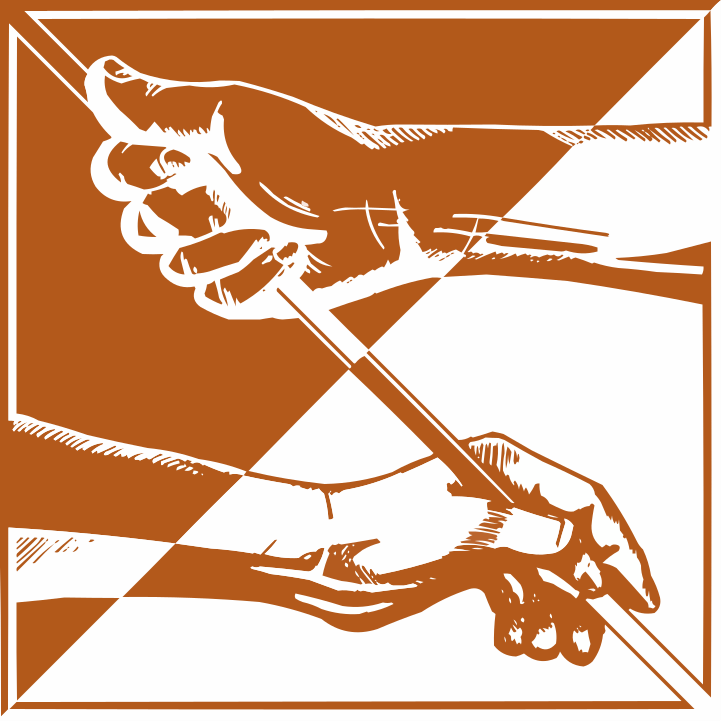The project FACERE (the Latin for ‘to make’) analyses the discourse of making found in ancient Roman literary texts (poetry and prose written in Greek and Latin, the two main languages of the Roman empire) and in Roman visual culture (paintings, reliefs, mosaics or other visual representations of processes of making). By ‘making’, we refer to processes in which someone creates a lasting physical product by the work of their hands. This includes processes that might now be categorised as artistic (e.g. painting or sculpting), as craft (e.g. carpentry, glassblowing, spinning, forging), and as construction (e.g. the building of wooden or stone structures).
The beginning of our chosen period (late 1st c. BC to mid 3rd c. AD) coincides with what has been called the Roman ‘object revolution’– a period of dramatically increased volumes of production, increasingly specialized technology, and dissemination of objects across the empire. This has long prompted archaeologists and historians to investigate processes of manufacture and production in ancient Rome from a practical, technical, or socio-economic perspective. FACERE adds to this the question of how Romans thought, spoke, and feltabout such processes of making, and analyses how their conceptions of the ethics and aesthetics of making related to their attitudes towards finished artefacts.
FACERE aims to achieve the following four objectives:
First, to compile a digital collection of representations of the process of making in Roman literature and art and to identify, categorise, and analyse the main literary and visual representation strategies.This digital collection will be systematised by basic categories, including the type of making (‘weaving’, ‘glassblowing’), maker (male, female, human, divine, collaborative, etc.), and literary genre or medium of visual representation, and then analysed in terms of representational choices. The resulting collection will form the basis for FACERE’s investigation, offering fast access to subsets of the collection and allowing us identify larger trends and alignments of types of making, themes, or media.
The second aim is to make a contribution to the cultural history of ‘Roman making’, based on the main trends and controversies observed. We will trace Roman ideas about different kinds of makers and their ethical and artistic qualities, about the environmental impact or moral permissibility of certain types of making, and about the sensual and aesthetic experience of makers and onlookers. We elucidate how discourses of making from the period of the Roman empire relate to the discourses of making in earlier Greek and Roman art and text, how they reflect changing modes of production (e.g. the ‘object revolution’), and how they often obscure the human cost of making. All this will serve to add an essential new dimension to our current understanding of the technologies, logistics, and economics of ‘making’: a sense of the cultural values and moral complexities involved.
Third, FACERE wants to explore the relationship between depictions of the process of making and the impact of finished artefacts – between making and meaning – by proposing and developing the analytical concept of ‘madeness’. Among those studying the material world of ancient Rome, whether from the perspective of art, archaeology, or literature, there is something of a divide between those seeking to understand (in a technical, logistical or economic sense) how objects were made and those investigating what they meant in their social and cultural contexts. FACERE is positioned at the intersection of these research areas and hopes to demonstrate that how things were made, and how their stories of making were presented or imagined, was deeply relevant to what they meant to their ancient viewers, owners, and users. Through the concept of ‘madeness,’ FACERE seeks to bring making and meaning together. The concept refers to a viewer’s sense of how an object has been made or produced. Unlike the adjacent term ‘facture’, frequently used by art historians and archaeologists to refer to how an object was actually made, we would like to use ‘madeness’ to refer to how an artefact is perceived to have been made. Different viewers may attribute different kinds of ‘madeness’ to an object, depending on its appearance and materiality (e.g. brushstrokes or the use of a certain material), their own predispositions, beliefs, and knowledge (e.g. their understanding of a particular manufacturing technique), and finally, and most importantly for the purposes of this project, on representations of making that are associated with the object. Telling a story (true or false) about the making of an artefact does not impact its physical properties or its utility, but it does change the way in which this object is perceived and valued. The property of the artefact that has thus been altered is its ‘madeness’. ‘Madeness’ allows us to capture the relationship between the discourse of making (representations of making in art and literature) and the impact of material culture (i.e. the ‘made’).
Fourth, FACERE will also elucidate the relationship between representations of making and the representing medium. Authors write about physical processes of making while ‘making’ their own literary works; sculptors or painters depict processes of making by ‘making’ these representations. FACERE will analyse the intermedial conversations between representing and represented media. How do authors and artists frame the relationship between other types of manufacture and their own creative processes? Does a depiction of making in a text or image heighten the ‘madeness’ of the representing medium?
